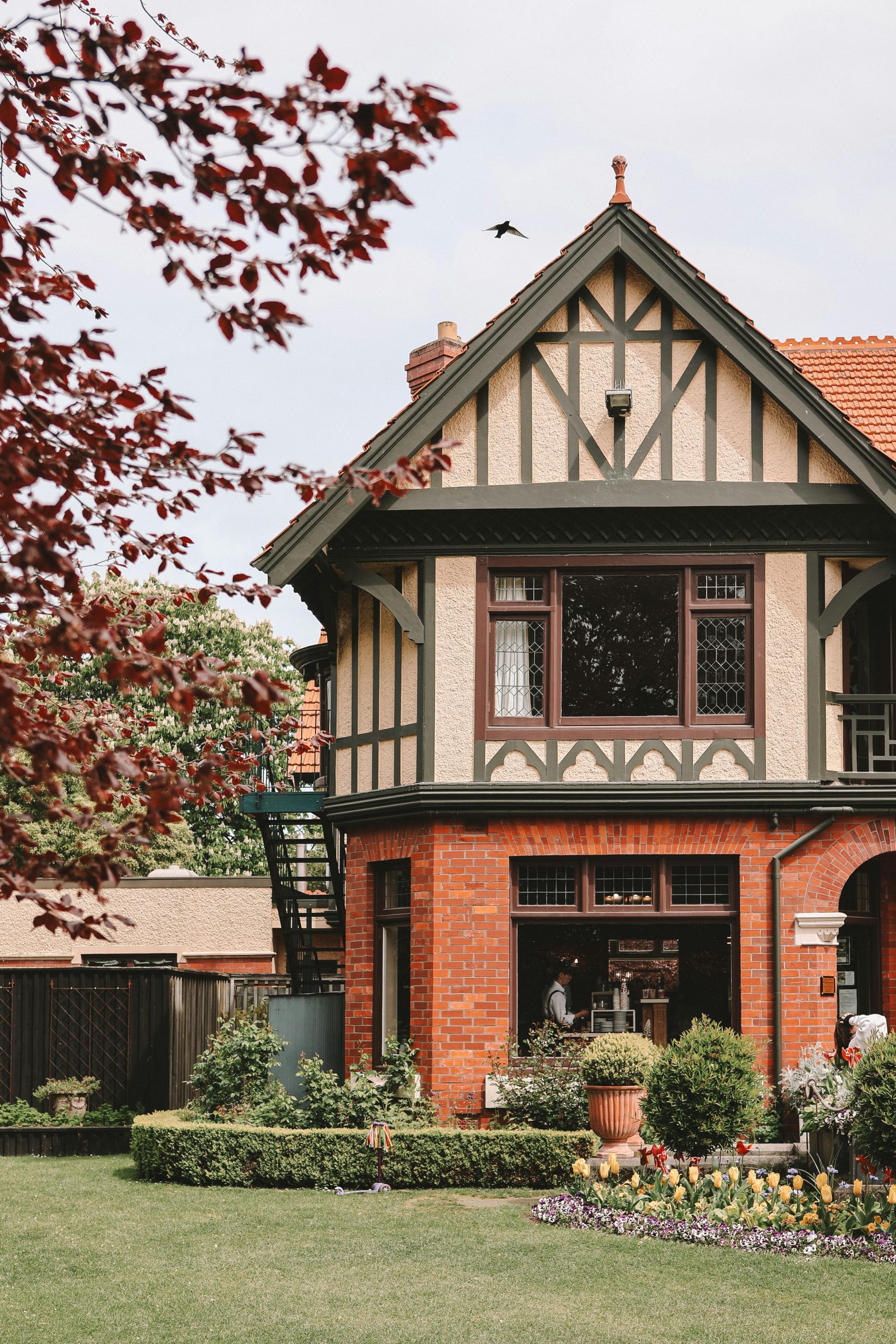Since 2019, London, like the rest of the world, has undergone significant changes due to various global and local developments. One of the most impactful events was the COVID-19 pandemic, which dramatically altered the city’s landscape. Public health measures, including lockdowns, temporarily shifted many day-to-day activities. This led to a substantial increase in remote working, causing changes in the dynamics of office spaces and the transportation network, with fewer commuters traveling to central business districts.
The impact on the economy has been notable, with sectors such as hospitality and retail experiencing severe challenges, although recovery efforts have been underway, bolstered by government support schemes and a gradual return to pre-pandemic activities. The pandemic also accelerated digital adoption in London, pushing businesses and public services to enhance their online presence and capabilities.
Furthermore, Brexit became official in January 2020, fundamentally impacting London’s status as a financial hub. The transition has included adjustments to regulations and operations within the banking and financial services sectors, with some businesses relocating portions of their operations to European cities.
There has also been a focus on environmental and green initiatives. The city has continued to expand its sustainable transportation options, such as cycling infrastructure and the Ultra Low Emission Zone (ULEZ) was expanded to further reduce pollution and enhance air quality.
Social movements have seen a rise in awareness and actions towards equality and diversity, driven by global events and local advocacy. Politically, concerns over housing shortages, infrastructure projects like Crossrail, and public safety have been areas of ongoing development and debate among policymakers and residents.
In terms of culture and lifestyle, London has adapted by embracing more outdoor and flexible event arrangements, recognizing the changing consumer behaviors and preferences for experiences post-pandemic. The city’s reputation as a cultural hub remains strong, with reopening of museums, theaters, and concert venues leading a cultural rejuvenation.

This is a thought-provoking analysis of the multifaceted transformations London has experienced since 2019. It’s fascinating to consider how the pandemic has not only reshaped work-life dynamics but has also acted as a catalyst for the digital transformation across various sectors. The increase in remote work and the subsequent rethinking of office space usage could very well lead to long-term changes in urban planning and commercial real estate.
Moreover, the impact of Brexit cannot be understated in terms of London’s role in the global financial landscape. As businesses navigate these changes, it will be interesting to see how the city maintains its competitive edge and attracts talent amidst evolving regulations.
The emphasis on sustainability is another crucial point. London’s strides towards greener transportation and enhanced public spaces reveal a growing commitment to addressing climate change, which aligns with global trends. However, I wonder about the balance between growth and sustainability, especially with ongoing infrastructure projects and housing developments that often face criticism for their environmental impact.
Lastly, the cultural rejuvenation post-pandemic speaks volumes about London’s resilience. With a newfound appreciation for community and outdoor events, the city can potentially redefine its cultural identity to be more inclusive and environmentally friendly. It would be great to hear more thoughts on how local businesses and communities are adapting to these changes and what innovative strategies they are employing to thrive in this new landscape.
Reflections on London’s Transformations Since 2019
As a long-time resident, I’ve witnessed firsthand the remarkable evolution of London since 2019. It’s clear that, despite the challenges, our city has shown incredible resilience and adaptability. Here are a few key observations:
Despite the ups and downs, London’s spirit shines through the challenges, and I